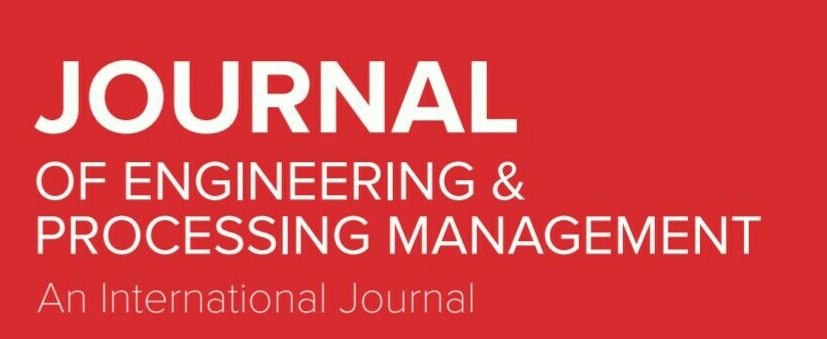Assessing the possibility of solidification and stabilization of pyrite cinder by using quicklime and fly ash
DOI:
https://doi.org/10.7251/JEPM1902122KAbstract
The aim of this study was to determine the possibility of using two low-cost binders,
quicklime and fly ash for the solidification/stabilization (S/S) of pyrite cinder.
Pyrite cinder, used in this study, represents a remnant from sulfuric acid production
in fertilizer factory IHP “Prahovo” A.D. (Serbia), and has a very high toxic
metal content. High contents and leachability of copper, lead and zinc make this
waste material hazardous, representing an extraordinary risk to the environment.
In order to determine the leaching behavior of the S/S mixtures, four single-step
leaching tests were performed, each one having a different sort of leaching fluid
(deionized water, inorganic and organic acidic solutions). X-ray diffraction (XRD),
scanning electron microscope (SEM) and energy dispersive X-ray analyzer (EDS)
were implemented to elucidate the mechanisms responsible for immobilization of
Cu, Pb and Zn. Overall, the test results indicated that S/S treatment using both
quicklime and fly ash was effective in immobilizing these metals, especially when
there is a higher share of binder present. Treated waste can be safe for disposal and
even considered for “controlled utilization”. Furthermore, the use of fly ash for S/S
treatment of pyrite cinder solves the disposal problems of two waste types, as it also
represents a secondary industrial product.

